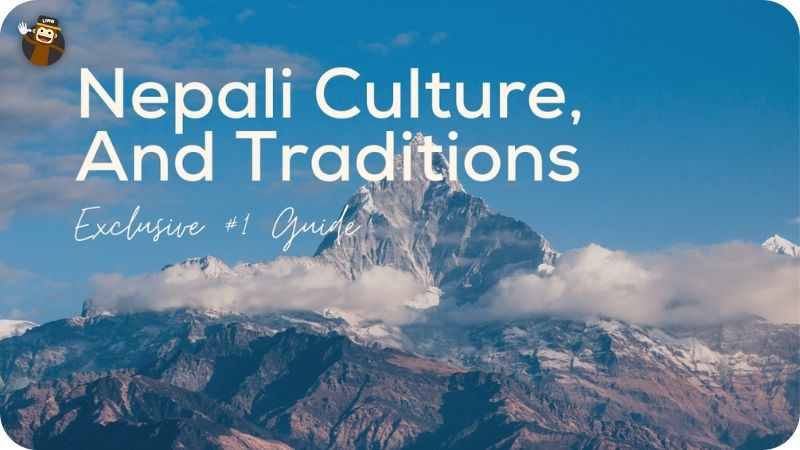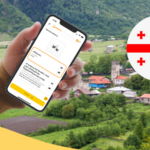Do you know Nepali customs and traditions differ from one part of Nepal to another? So, to understand all the rituals let’s have a look at the diversity of Nepali culture.
Nepal’s culture is rich and unique. Most people live in Kathmandu, the capital city of Nepal, where cultures merge to establish a national identity. Since Nepal’s independence in the 18th century, the Kathmandu Valley has functioned as the country’s cultural capital. So, to know all about Nepal and Nepali culture learn the Nepali language with Ling App free of cost.
Cultural Diversity In Nepal
In terms of cultural heritage, Nepal is a country that has a lot to contribute. Nepalese culture is a combination of Indo Aryan and Tibeto Mongolian culture. Moreover, Hindi and Buddhist traditions also have an impact on Nepali culture.
This multi-dimensional cultural heritage includes the cultural diversity of various ethnic, tribal, and social groups. Nepali culture also manifests itself in various ways, including music, dance, religion, festivals, and food.
Religious Traditions Of Nepal
Nepal’s Buddhist traditions are very old and unique. It is because of the great respect of people towards Buddha. Buddha was born in the Nepal heritage society at Lumbini in Kathmandu in an old and well-known Shiva temple. However, you can find other templates, Buddhist monasteries, and worship sites for other religious groups throughout Nepal.
Nepalese celebrate many Hindu and Buddhist philosophical ethos and traditions. These traditions and ethos include Kashmir Shaivism, Tibetan Buddhism, and tantric traditions, among others. However, Tantric traditions, including the practice of animal sacrifices, are not much functional in Nepal.
The Himalayas kingdom is the home of the Gods, according to religious groups, and has a particular association with Lord Shiva. With time, Nepal slightly changes the broad categories of Buddhist stupas on archaeological sites. The relative status of family life in Nepal includes the deep belief of Hindu and Buddhists in old customs and religious understandings.
Ethnic Relations
Historically, in Nepali society, different ethnic groups, Hindus, Buddhists, and animist ethnic groups, were merged into a caste order. High caste Hindus are at the top of the class system. Then Mongolian ethnic groups are below the higher cast. Untouchable Hindu castes are at the bottom.
The Kathmandu Valleys have a caste system that is merging into the national caste system of Nepal. Moreover, a large community of Kathmandu involves the people of Indian and Tibetan groups. Large necklaces, wide cuff bracelets, and heavy earrings are common in Northern India’s Tibetan styles.
Nepal’s ethnicity follows a wide range of Nepali culture and customs. Nepali believes that following the ethnic rules is the requirement in the everyday life of Nepali people.
Nepali Culture And Customs: Diversity In Nepal
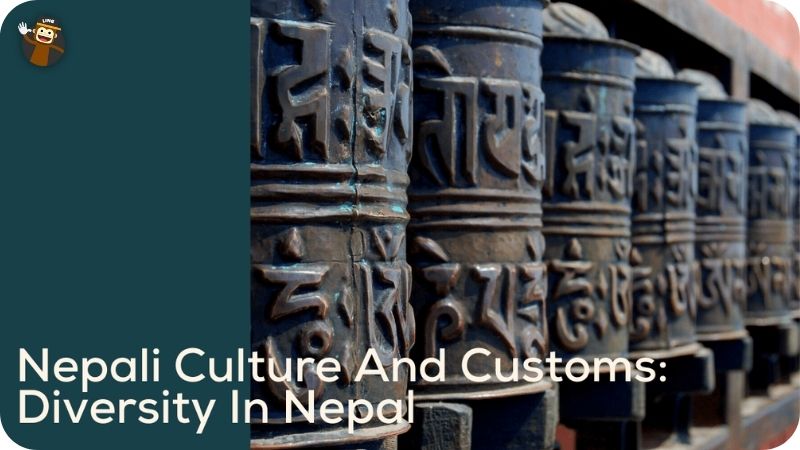
Nepali Dance And Music
On special occasions, dance traditions are a part of the Nepalese lifestyle. Dances on the Indian subcontinent began in Lord Shiva’s residence. It all started in the Himalayan Kingdom of Nepal, where he performed the Tandava dance.
Moreover, there is various type of dances. The Mishka is a wedding dance that involves sophisticated footwork and arm gestures. Music also has a significant role in the dancing culture of Nepal.
Themes such as agricultural harvesting, marriage rites, war stories, and stories from ordinary villages are accompanied by various musical instruments change.
Festivals And Celebrations
One of the important festivals is Dashain, and it is Nepal’s most extended celebration. According to the lunar calendar, Dashain usually occurs between late September and mid-October. It is “a Day of Demonic Victory.”
With religious traditions followed by many other religious groups, the Nepali culture celebrates Buddha Jayanti’s day. Buddha Jayanti is one of the other special occasions in most festivals that celebrate the birth of Buddha.
Sherpas, mostly found at higher elevations and in the Mount Everest region, celebrate an important festival of Mani Rimdu. People celebrate it to mark the findings of Hindu and Buddhist traditions. Many tourists of the Nepal tourism board love visiting the place because of the traditional social hierarchy.
Gai Jatra is another well-known celebration (cow festival). The cows (very sacred animals) carnival is referred to as Gai Jatra. However, the celebration is held to remember loved ones who have died. To march along the street, people sing, dance, and dress up like cows. It is an event held to help people cope with the loss of a loved one.
Nepali Food And Culture
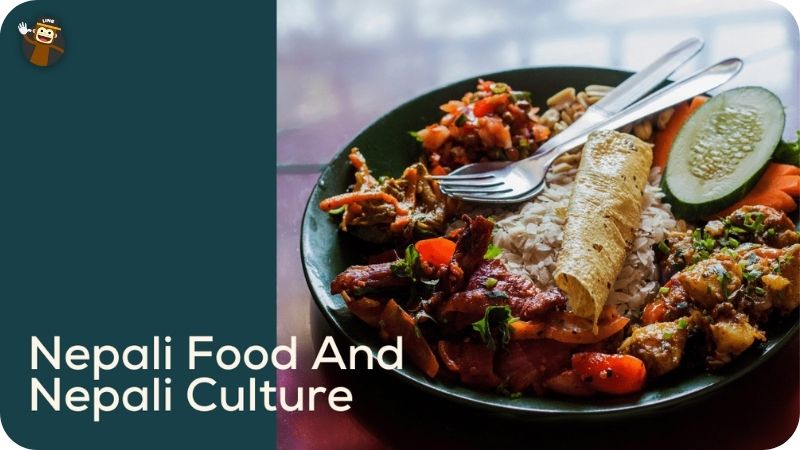
There is no specific cooking style in Nepali food. Food habits, on the other hand, vary by area. The general population of the younger generation prefers rice along with wine.
Moreover, Nepalis often cook food to present their Prime Minister’s best food on special occasions, having ritualized presentations. Some of the Nepali cultural food consist of items like dal (lentil soup), bhat (boiled rice), and tarkari (curried vegetables).
The Nepali Language
Nepali is the official national language and the lingua franca among Nepalese ethnolinguistic groups. The Indo-Aryan, Tibeto-Burman, and indigenous Nepalese are the three major language groups, part of Nepal’s linguistic heritage.
Nepali, Maithili, Bhojpuri, and Tharu are the major language groups spoken in Nepal. Kusunda, Madhesiya, and Waling are some of Nepal’s extinct languages.
Learn To Speak Nepali With Ling App
After learning these facts about Nepal, why not start learning the Nepali language with Ling App? Simya solution’s Ling App is a free language learning app that has useful and valuable language lessons for to achieve the level that you wish. Furthermore, the app includes mini-quizzes and games to keep you engaged at any time.
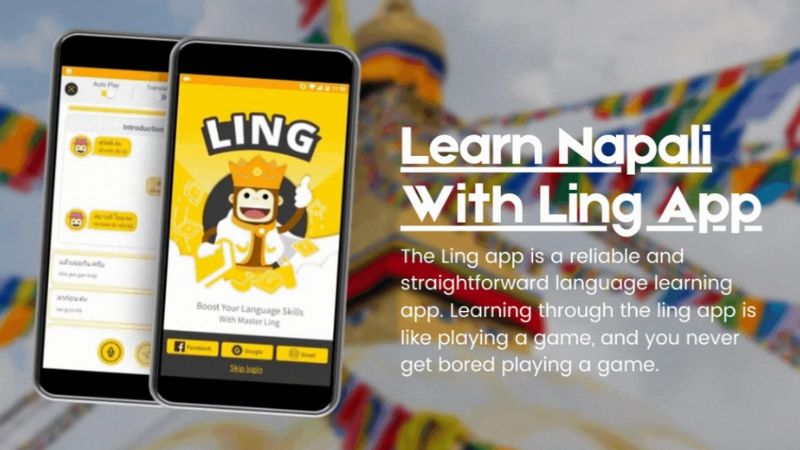
It’s time to download the app and master a new skill! With the Ling App, you can learn Nepali in a fun and easy way. Also, check “Common Greetings in Nepali” and “Nepali Alphabet and Phrases” for further interesting information about the Nepali language.
